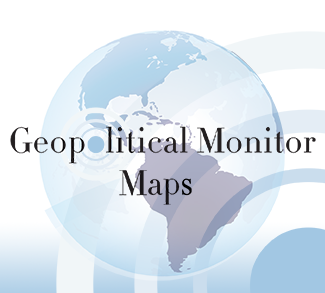This article is the first of a two-part series. Part two can be found here.
As Iraq’s political crisis deepens and Islamic State’s (IS) influence grows, the future of Iraq and the wider region is once again in jeopardy. The West must come to the realization that the nation-state of Iraq is doomed and act to further empower allies like the Kurds. Failure to do so would be a grave strategic error and will further empower Islamic State.
The current crisis in Iraq has not occurred in a vacuum. Its roots lie deep in the region’s colonial and modern history. For starters, the Sykes-Picot Agreement of 1916 divided the Levant between the British and French following the fall of the Ottoman Empire at the end of WWI. This agreement partitioned what is now modern day Iraq and Syria. The colonial masters redrew the borders of the map to divide the Middle East using straight lines which later became national borders. They did this with little consideration for the local populations. What resulted was the fragmentation of different religious and ethnic groups across various national borders. In the case of Iraq, Shia, Sunni, Kurds and other minorities were all grouped together in one artificial state, which became modern day Iraq. By imposing supranatural borders and forcing these rival groups to share an artificially-created state, the Great Powers are partially to blame for sowing the seeds of sectarian conflict we are seeing today. It should not go unnoticed that one of Islamic State’s first official statements was to declare “the end of Sykes-Picot.” One Islamic State militant was quoted in a propaganda video stating, “There is no border (referring to the Iraq-Syria border) alas. Now this is all one country, Inshallah.”




